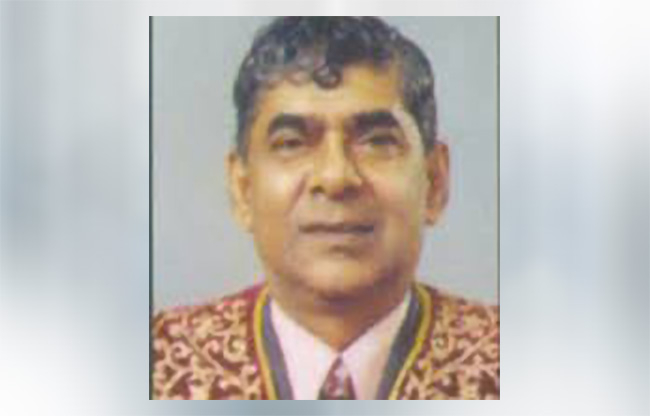Business
How the University of Peradeniya has weathered the politico-economic storms of the decades

Extracts from the speech delivered by one of Sri Lanka’s most eminent historians, Emeritus Professor W.I. Siriweera, on being conferred the Degree of the Doctor of Letters by the University of Peradeniya at its convocation of August 22nd, 2024.
Peradeniya University began in 1952 when sections of the old University College in Colombo including the Faculties of Law, Arts, Oriental Studies, Agriculture and Veterinary Science were shifted there with around 1200 students. They were accommodated in five Halls of Residence: Jayatilake, Arunachalam, Marrs, James Peiris and Hilda Obeysekara. Halls of Residence have proliferated subsequently and according to the UGC statistics the internal student population at Peradeniya in 2022 was 15108. Student profile has also changed substantially. The sex ratio of the Arts Faculty in 1960 was 56.5 per cent males and 43.5 per cent females. This has changed over the years and in 2008/2009 the approximate percentage of females has increased to 79 per cent and by 2022 to 81 per cent. The percentage of girls in Agriculture, Dental Sciences, Veterinary Science and Allied Health Sciences is also relatively high.
In student politics, the traditional left was powerfully represented in the campus until late 1960’s. The Fourth International Trotskyites dominated the scene while there were quite a few Moscow wing or Peking wing communists. They agitated against and highlighted global events. For example, in June 1960, the untimely demise of the African leader Patrice Lumumba was sufficient reason for the anti-imperialist, anti bourgeois, socialist to the core intellectuals in training, to march to Kandy in a massive procession to let the people of Kandy know of the great injustices perpetrated by the imperialists on the people of Africa.
It was a long procession carrying placards and banners with strong anti-imperialist slogans. We were crying out slogans asking the Imperialists to go home. But we did not know who these Imperialists were or where they were. Those who did not know the slogans cried out whatever that came to their mind: even the titles of popular Indian films at the time.
By 1968/69 all other Marxist or leftist groups were overtaken by the Janatha Vimukthi Peramuna and also later by its offshoot: the Peratugami Samajavadi Pakshaya. These two groups have dominated student politics up to now. Unlike the earlier left-wing politicians, they have focused attention on local problems within a Marxist framework. Agitations against student suppression, against limited financial allocations, against efforts to privatize education have been their main concerns.
Food culture in Halls of Residence has also changed considerably since the beginning of the university. Professor Halpe, one of the first undergraduates has stated that “life was luxurious”. According to him food served in the Halls of Residence was better than home cooked ones.
Campus meals in 1950’s and 1960’s were of a high standard. For breakfast, toast and eggs or boiled chick peas were served. Those who did not like eggs, got a sizeable chunk of Kraft cheddar cheese. For lunch, rice and curry with beef or fish with several vegetables were served. Dinner was varied with fish or beef alternated with western food like vegetable soup, beef steaks with mashed potatoes and bread. Dessert followed both lunch and dinner.
However, as everything else, food situation too has gradually deteriorated over the years. By early 1970’s serving meals at the dining tables was discontinued and students had to queue up with their meal tickets to be served at the food counters. Even this practice was stopped in the early eighties and since then undergraduates, academic staff living in Halls of Residence and sub-wardens purchase meals from canteens or prepare their meals in rooms.
Drama activities were at their best in mid nineteen fifties and early nineteen sixties. Professor E.F.C. Ludowyk had played a key role in this development. He had persuaded the university authorities to hire Jubal, an East European, on contract basis to promote Western drama. About the same period, professor Sarathchandra was instrumental in establishing the Open Air Theatre with the surrounding terraces.
His dramas such as Maname and Sinhabahu mesmerized the crowds in that balmy atmosphere. In the case of reviving Tamil folk theatrical traditions, professor Vidyanandan played a key role.
After mid nineteen sixties, Golden era of Peradeniya university came to an end. Cultural as well as academic activities declined. But the university has been resilient in trying circumstances and has faced up to challenges and realities of the time. Amidst changes, the university has survived with some of its spirit intact.
It is up to the academic staff, students and administrators to retain its spirit irrespective of the vicissitudes of the campus environment and campus life.